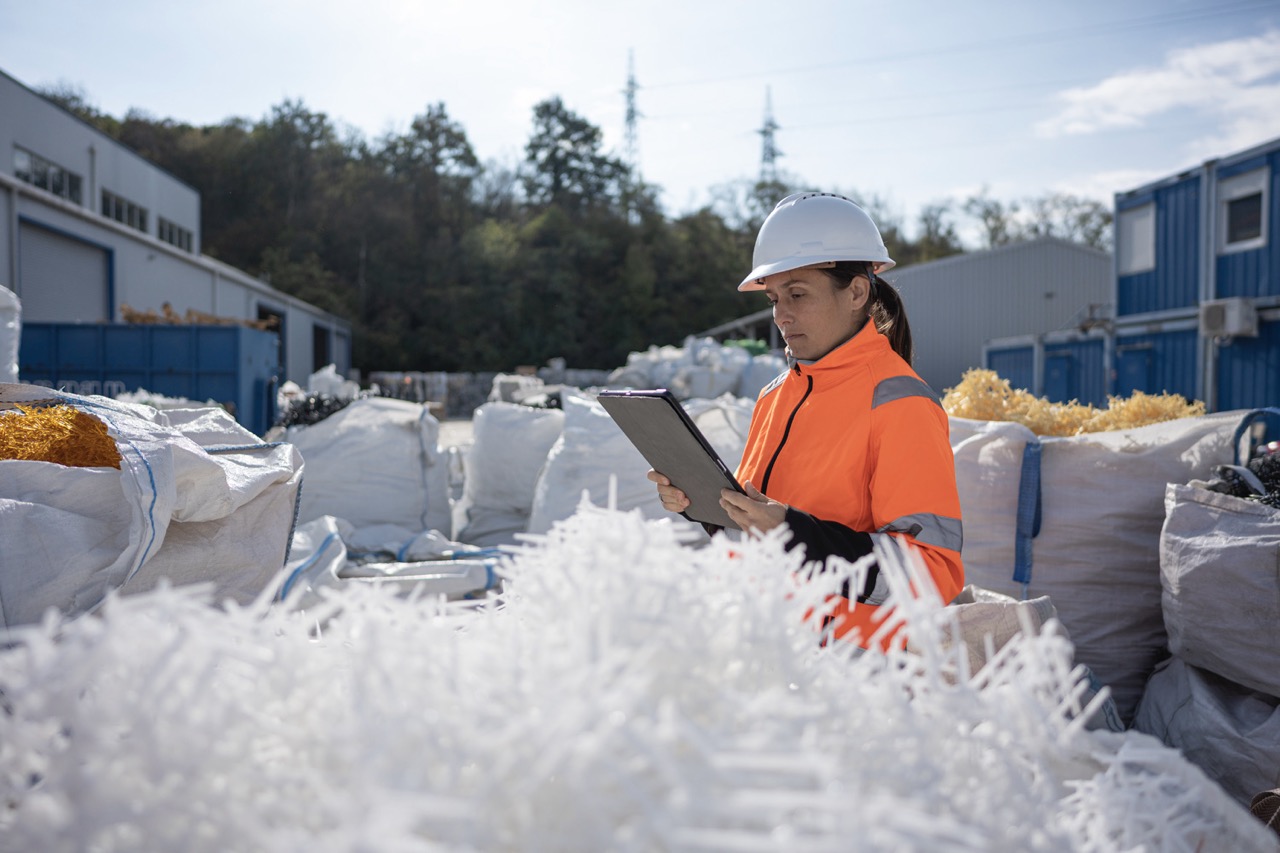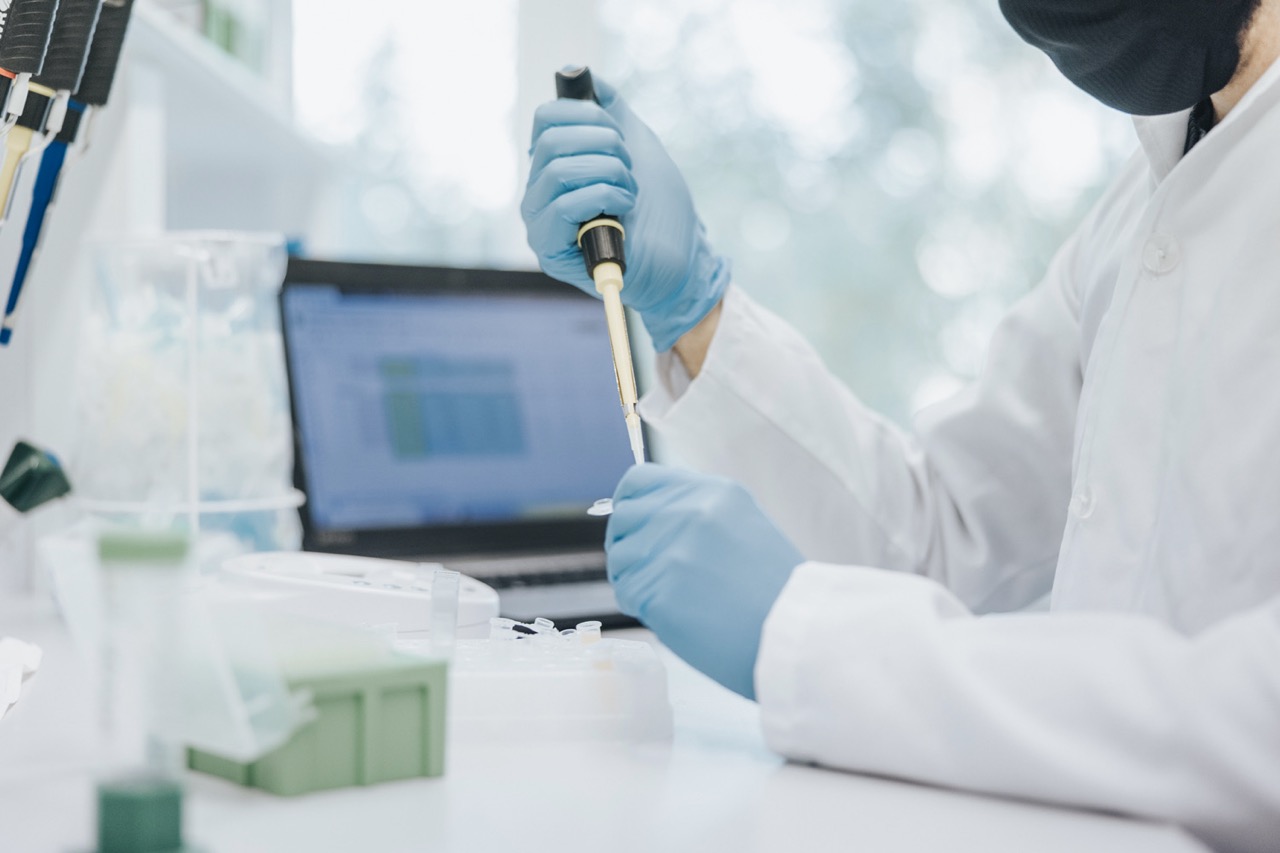
Sustainable investments
How we leave the world for the future generations is one of the leading drivers of Leviso.
The key is finding the right balance between making a change and doing it in a profitable way. European companies that share this philosophy are welcome to contact us for potential collaboration.
Investment stages
Pre-seed investment
Pre-seed investment, also known as pre-seed funding or pre-seed capital, represents the earliest stage of funding for a startup. It’s the initial capital raised to get a business idea off the ground and transform it into a viable concept.
Here’s a breakdown of what pre-seed investment entails:
- Purpose: The primary goal of pre-seed funding is to validate the business idea, conduct market research, develop an initial prototype or minimum viable product (MVP), build a founding team, and cover very early operational expenses. It’s about taking the first steps from concept to a basic working model.
- Stage: This stage occurs before the seed funding round and often when the company has little to no revenue. It’s considered the foundational investment.
- Amount: Pre-seed funding amounts typically range from 50,000 to 250,000 Euro but can sometimes go up to 1 million Euro, depending on the startup’s needs and potential.
- What Investors Look For: At this stage, investors are primarily betting on the founding team, the novelty and potential of the idea, and the team’s ability to execute on their vision. Early signs of market validation or a compelling prototype can also be attractive.
In essence, pre-seed investment provides the initial fuel for a startup to take its first steps, validate its core assumptions, and build a foundation for future growth.
Seed investment
Seed investment, also known as seed funding or seed capital, is the first official round of equity financing for a startup. It comes after the pre-seed stage and is intended to provide the capital needed to further develop the business concept, conduct market research, finalize the product or service, and build an initial customer base. The term “seed” implies that this investment is meant to nurture the early growth of the company.
Here’s a more detailed look at seed investment:
- Purpose: Seed funding is typically used for activities such as:
- Product development: Building and refining the minimum viable product (MVP).
- Market validation: Testing the product-market fit and gathering customer feedback.
- Team building: Hiring key early employees.
- Initial marketing and sales efforts: Launching early campaigns and acquiring first customers.
- Setting up basic operational infrastructure.
- Stage: Seed stage occurs after the initial “pre-seed” phase, where the idea is being formed and a very basic prototype might exist. At the seed stage, there’s usually a more concrete plan and potentially some early traction or user engagement. It precedes the Series A funding round, which is for scaling the business.
- Amount: Seed funding rounds can vary significantly in size, typically ranging from 500,000 Euro to 5 million Euro. The exact amount depends on the startup’s specific needs, industry, and perceived potential.
- What Investors Look For: At the seed stage, investors look for:
- A strong founding team with relevant experience and a clear vision.
- A demonstrable market need for the product or service.
- Early traction or validation of the concept (e.g., user growth, pilot programs, initial revenue).
- A clear business model and a credible plan for future growth.
- A realistic valuation of the company.
In summary, seed investment is a critical step for startups, providing the necessary capital to transition from an early-stage concept to a potentially scalable business with demonstrated market interest. It bridges the gap between initial bootstrapping and more significant venture capital funding rounds.
Some of our industries

Recycling

Health

Food & agriculture

Hightech
Ready to unlock growth
Do you need support in early stages of your sustainable business? Leviso can help you with expertise and investment.